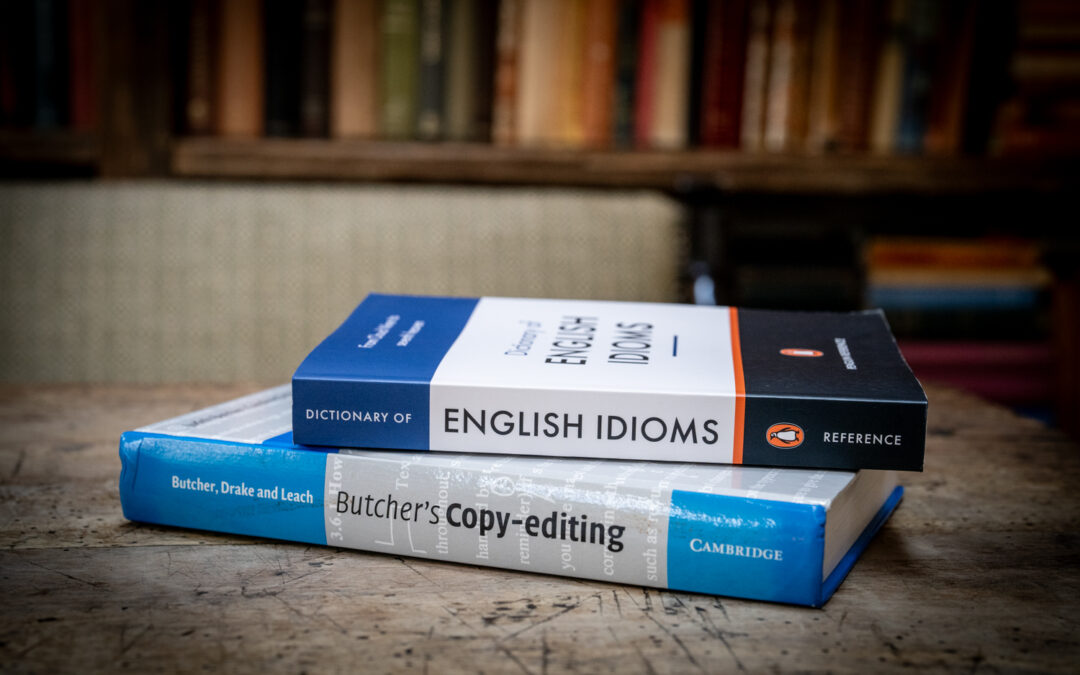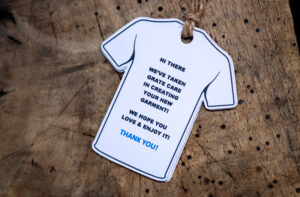
What is a proofreader?
What is a proofreader?
You know that feeling of embarrassment you get when you smile, and then someone points out there is something stuck between your teeth? My job as a proofreader is to save you from the equivalent when your text goes out to the world, whether in print or electronically.
A proofreader helps you put your best pen forward so your text can shine for all the right reasons.
Traditionally, and strictly speaking, the proofreader is the very last person to check a proof before it goes to print in the publishing workflow. To avoid unnecessary delays and introducing additional cost (not to mention potential new errors) so late in the process, the rule of thumb is: ‘if it’s not broke, don’t fix it’ – in other words, leave well enough alone. (It’s harder than you think!)
However, in today’s digital age the line between proofreading and copyediting often gets blurred and proofreaders can be asked to help ‘make the text better’ by improving style and sentences beyond simply making them correct.
What does a proofreader do?
If you think we only check grammar, spelling and punctuation, think again! We also look at formatting, layout, tone of voice, tables, pictures and illustrations, and adherence to house style and/or brand guidelines. It means checking that:
-
- Your document is complete and in the right order.
- Style, formatting and layout are correct, consistent and in line with your style/brand guidelines, if applicable.
- Your text is clear and free of ambiguity.
- Grammar, spelling and punctuation are correct and there aren’t any words missing.
- The tone and style of your text are suited to its audience and purpose.
- Lists are correctly numbered or alphabetised.
- Illustrations, tables and graphs are correct, in the right place and coincide with their captions and the text.
- Illustrations are the right way up (you’d be surprised!).
- Numbering sequences are correct.
- Notes and references are correctly placed and formatted, match their cues and the cues are correctly numbered.
All of which, of course, has to be done gently and diplomatically. Cue David Crystal in ‘Imagine … an editor’:
I don’t take it kindly when someone refers to me, or to any editor, using the language of crime protection, when the reality is so different. The language of the caring or advisory professions would be far more appropriate, for the aim of an editor is simply stated: to let nothing interfere with the goal of achieving total communicative rapport between writer and reader.
The in-depth description
As one of my Chartered Institute of Editing and Proofreading (CIEP) colleagues, Stephen Pigney, once wrote:
I discovered that there is more to proofreading than meets the eye. I had been mistaken to think only of a proofreader’s relationship with a text, for I had missed how the proofreader stands at a crucial intersection between different people. The eyes of a hawk are not enough; the proofreader needs to see a text as an author, a typesetter, a publisher or a reader sees it. Proofreading is a delicate art of facilitating communication; it consists of honouring and respecting an author’s voice, a typesetter’s skills, a publisher’s vision and a reader’s needs; it requires precision, judgment, tact and informed understanding.
So, the proofreader occupies a unique position at the crossroads between the text and everyone involved with it and, as Stephen continues:
… this too must be learned – the ideal proofreader must strive for invisibility: proofreading is noticed not when it is done well, but when it is done ineptly or badly.
What is the difference between editing and proofreading?
I like the way this post on the Writers for Hire’s blog describes editing as more of a creative function and proofreading as more of a technical discipline:
It is often said that editing is an art, and proofreading is a science. Both require proficiency and command of the English language, but just in different ways.
If writing were the process of getting dressed, editing would be the equivalent of a friend critiquing your outfit to ensure that it works for the activity you have in mind, you’re not dressed like someone else (plagiarism) and you’re striking the right tone – you don’t dress the same to deliver a lecture or to do DIY. You might need to wear something shorter, trainers or wellies, change your tie or scarf colour, remove your jewellery, etc … The proofreader would be the other friend you ask, before going out, to iron the creases out of your outfit and check that your fly is done up, there’s nothing stuck in your teeth and you’re wearing matching socks.
What is the difference between the different types of editing?
Editing covers a range of specialisms from developmental editing to proofreading. There is debate among editors about the differences between line editing and copyediting but, as a proofreader, I get to sit on the sidelines of that debate.
Developmental editing
A developmental editor takes a holistic view of a fiction or non-fiction manuscript and provides detailed feedback on big-picture issues such as your ideas, book structure and flow, the behaviour and motivations of your characters, how well the book makes its point, etc.
Then it’s time to call in a line editor or copyeditor. If you decide to use both, line editing comes first.
Line editing and copyediting
There are editors who see line editing as part of copyediting, while others see them as clearly distinct. According to the NY Book Editors’ blog:
-
- line editing focuses on ‘the creative content, writing style, and language use at the sentence and paragraph level’ – not spelling, grammar, punctuation or syntax (unless something glaring jumps at the line editor, this is left to the proofreader), while
- copyediting addresses ‘flaws on a very technical level – to make sure the writing that appears on the page is in accordance with industry standards. This is like an incredibly high-end proofread’, so not suitable if you are looking for input on your style or arguments.
Proofreading
Traditionally, the proofreader goes through the finalised, formatted version of the text with a fine-tooth comb to ensure everything is precisely as, and where, it should be before it gets published (whether in print or electronically). The idea is to check for errors that may have been introduced or overlooked during editing or typesetting.
Nowadays, proofreaders are sometimes asked to check text before it is typeset and formatted rather than at the very end of the process in an attempt to cut cost. However, doing away with a professional pair of eyes at that crucial stage is a risk because we look for so much more than typos, grammatical errors and punctuation issues, and we are trained to see things others don’t.
How do I choose?
If you’re unsure whether you need a proofreader or editor, the CIEP has produced a fact sheet to help you decide. And if you want to know why it’s worth paying for proofreading, have a look at my blog.

